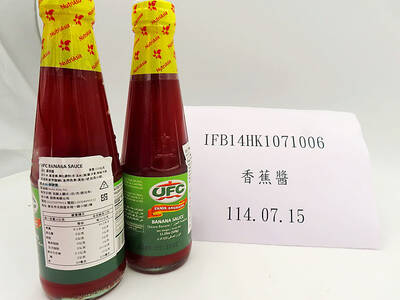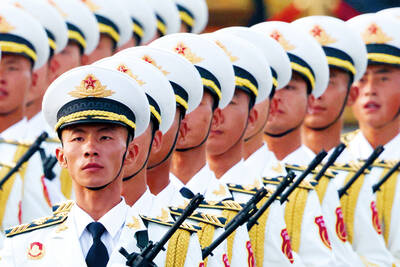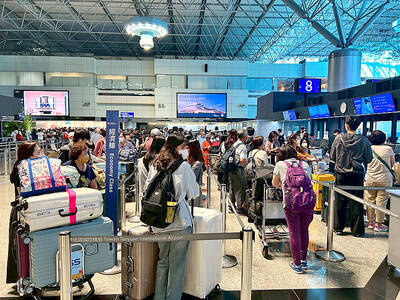Starlux Airlines on Tuesday announced it is to launch new direct flights from Taiwan Taoyuan International Airport to Ontario, California, on June 2.
The carrier said it plans to deploy the new-generation Airbus A350 on the Taipei-Ontario route.
The Airbus A350 features a total of 306 seats, including four in first class, 26 in business class, 36 in premium economy and 240 in economy.

Photo courtesy of Starlux Airlines
According to Starlux’s initial schedule, four flights would run between Taoyuan and Ontario per week: Monday, Wednesday, Friday and Saturday.
Flights are to depart from Taoyuan at 8:05pm and arrive in California at 5:05pm (local time), while return flights would leave from California at 11:10pm and land in Taoyuan at 4:15am, the statement said.
Starlux CEO Glenn Chai (翟建華) said that although Ontario International Airport is close to Los Angeles International Airport (LAX), it has the advantages of fast customs clearance, smooth traffic flow in the surrounding areas and being close to numerous vibrant Asian neighborhoods.
The new route is expected to attract more passengers to frequently travel between the Greater Los Angeles area and Asia, Chai added.
Starlux currently operates 10 weekly flights between LAX and Taipei. The addition of the Ontario route would allow the airline to offer travelers greater flexibility and convenience, Starlux said.
Located east of Los Angeles, Ontario also offers easy access to major attractions due to its geographical location and convenient transportation. Disneyland is a 40-minute drive away and Palm Springs, known as Hollywood’s Playground, is only about an hour away.
Compared to LAX, driving from Ontario to Las Vegas saves 90 minutes to two hours, the airline said in the statement.

Three batches of banana sauce imported from the Philippines were intercepted at the border after they were found to contain the banned industrial dye Orange G, the Food and Drug Administration (FDA) said yesterday. From today through Sept. 2 next year, all seasoning sauces from the Philippines are to be subject to the FDA’s strictest border inspection, meaning 100 percent testing for illegal dyes before entry is allowed, it said in a statement. Orange G is an industrial coloring agent that is not permitted for food use in Taiwan or internationally, said Cheng Wei-chih (鄭維智), head of the FDA’s Northern Center for

The Chinese military has built landing bridge ships designed to expand its amphibious options for a potential assault on Taiwan, but their combat effectiveness is limited due to their high vulnerability, a defense expert said in an analysis published on Monday. Shen Ming-shih (沈明室), a research fellow at the Institute for National Defense and Security Research, said that the deployment of such vessels as part of the Chinese People’s Liberation Army (PLA) Navy’s East Sea Fleet signals a strong focus on Taiwan. However, the ships are highly vulnerable to precision strikes, which means they could be destroyed before they achieve their intended

About 4.2 million tourist arrivals were recorded in the first half of this year, a 10 percent increase from the same period last year, the Tourism Administration said yesterday. The growth continues to be consistent, with the fourth quarter of this year expected to be the peak in Taiwan, the agency said, adding that it plans to promote Taiwan overseas via partnerships and major events. From January to June, 9.14 million international departures were recorded from Taiwan, an 11 percent increase from the same period last year, with 3.3 million headed for Japan, 1.52 million for China and 832,962 to South Korea,

REWRITING HISTORY: China has been advocating a ‘correct’ interpretation of the victory over Japan that brings the CCP’s contributions to the forefront, an expert said An elderly Chinese war veteran’s shin still bears the mark of a bullet wound he sustained when fighting the Japanese as a teenager, a year before the end of World War II. Eighty years on, Li Jinshui’s scar remains as testimony to the bravery of Chinese troops in a conflict that killed millions of their people. However, the story behind China’s overthrow of the brutal Japanese occupation is deeply contested. Historians broadly agree that credit for victory lies primarily with the Chinese Nationalist Party (KMT)-led Republic of China (ROC) Army. Its leader, Chiang Kai-shek (蔣介石), fled to Taiwan in 1949 after losing a